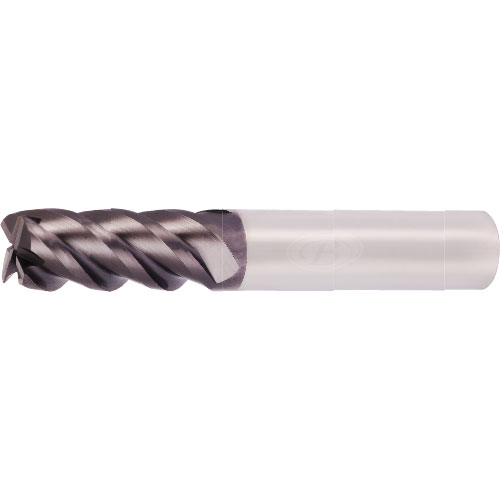Machining is always about precision, speed and reliability, however in the highly competitive manufacturing industry efficiency is the most important factor. Whether you produce components for the aerospace industry, automotive components or high-tech equipment, the tools that you choose directly affect your bottom line. Drills that can be indexable, high-speed drills, tungsten-carbide en mills and threading inserts are essential.
This isn’t just an update on the older tools. These new tools allow for the most efficient method of working, which reduces the time it takes to work, decreases costs and provides better results making use of less effort. Have a look at every of them and observe how they can help companies drill into deeper holes, efficiently cut and complete faster.

Image credit: stwang-tw.com
Indexable Drills: More Holes, Less Hassle
Drilling holes of a large size used to be time-consuming and costly. The traditional drills took a long time to wear out, required sharpening, and frequently slowed down production lines. This is why more and more machine operators are using indexable drills. If the tool gets dull instead of replacing the whole tool just change the cutting inserts.
Indexable drills are renowned for their efficiency. They are designed to last, come with robust designs, and require only minimal maintenance. With the option of replacing inserts that cut down on waste, reduce the inventory of tools, and make sure your machines run longer. SHANG TZANG WANG ENTERPRISE Co., Ltd. provides disposable drills with a consistent performance, even in large diameter applications. This upgrade is great for shops that do regular hole-machining. They can cut down on the time and effort they spend every week.
High Speed Drills, Designed to meet the needs of today’s customers
In an setting where speed is essential high-speed drills permit you to finish your job fast without sacrificing accuracy. They are ideal for materials that have high resistance and fast cycles. These drills are employed to make everything from large-volume auto parts to precision medical devices.
Modern high-speed drills feature optimized flute designs as well as cutting edge coatings that reduce friction and stop the buildup of heat. They also extend the lifespan of the tool. This means less change of tools, less breaking, and more productivity. If you’ve ever felt the pain of a broken drill mid-cycle, switching to a high speed drill can feel like a revelation.
Tungsten Carbide End Mills: Reliable Performance Cut After Cut
If it’s time to cut end mills, tungsten-carbide will be the primary tool in your shop. The end mills’ durability and heat resistance are a preferred choice for cutting through hard materials. They provide consistent results, whether you’re finishing small corners or roughing large areas.
Their versatility is what makes end mills made of tungsten carbide so distinctive. They can be customized to fit various applications, from aluminum to titanium with different flute counts and Helix angles. Endmills made of carbide are perfect for those who want to maintain precision while also being durable.
Threading Inserts: Tiny Tools, Big Impact
Making threads could be just a small aspect of the process, but it’s actually one of the most critical. A poor thread can ruin the best part. That’s why a high-quality threading insert matters. These small, replaceable inserts are engineered to cut external or internal threads with extreme precision and repeatability.
Threading inserts, in contrast to traditional taps and dies which wear in different ways over time, offer the same results. When one edge dulls, just index to the next point of cutting without the need to take out the tool or regrind. It’s fast, affordable, and easy to clean. Machine builders appreciate threading inserts, not just for their speed but also for their dependability. With the correct insert you can be sure that the threads will be inserted correctly the first time, no subsequent passes, no rework and no concerns about part rejection.
The Bottom Line
In today’s machining, you cannot afford to lose time. The most efficient companies today are moving towards smarter and more flexible tools. These cutting tools are of the most advanced design and do more than just improve accuracy; they make workflows easier, speed up the time between changeovers, prolong life, and increase efficiency. What’s the outcome? It means that less time is spent on troubleshooting so that more time can be spent providing high-quality components. In a business with greater demands and smaller margins, manufacturers can be competitive with tools that perform better.